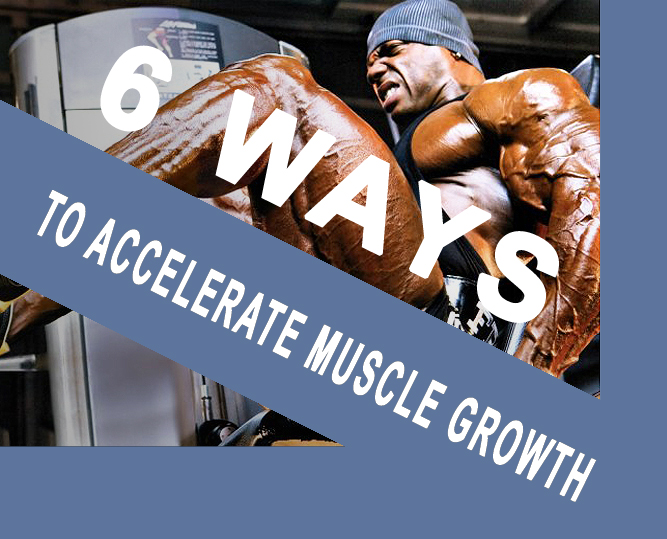6 Ways to Accelerate Muscle Growth
The leg muscles are the largest muscle group, thanks to which you can achieve an incredibly massive appearance. The large muscles of the legs are a guarantee that no one can ever blame you for paying too much attention to the upper body and forgetting about the lower body.
If you are professionally engaged in bodybuilding and plan to participate in competitions, then without big leg muscles you are unlikely to succeed. However, many people are faced with the fact that, despite all the efforts, they are not able to make the leg muscles grow. In this article, we will talk about five main reasons that can become an obstacle to the large muscles of the legs. Knowing about these reasons, you can avoid mistakes and achieve the desired result.
1) Training bodybuilding
Often people underestimate the muscles of the legs and put them under stress – this is reflected in the insufficient number of repetitions, approaches and exercises. To fully activate the leg muscles, you need to perform about 30 repetitions in one exercise. The best option is 3 sets of 10 reps. You can also do 4 sets of 8 reps or 5 sets of 5 reps. A smaller number of repetitions does not allow full activation of the leg muscles, which leads to a deterioration or lack of effect from the exercises.
It is also worth noting that leg training should consist of at least three exercises. In this case, preference should be given to complex exercises in which the maximum number of muscles is involved, for example, squats or deadlifts. Performing a super series, that is, combining various exercises, will give the greatest effect.

2) Training frequency
To achieve maximum results, you need to train the leg muscles twice a week, highlighting a separate workout for the quadriceps femoris and a separate workout for the biceps femoris. At the same time, squats and deadlifts should be performed at different workouts. When doing two workouts per week, it is very important to correctly calculate the load so that the leg muscles and the body as a whole have time to recover between the first and second leg workouts. This problem is especially relevant for those athletes who do not use anabolic steroids.
3) An example of a leg muscle training program:
- First training
- Squats
- Lunges
- Leg extension in the simulator
- Leg curl in the simulator
- Second training
- Deadlift
- Leg curl in the simulator
- Bulgarian lunges
4) Exercise Technique
It must be understood that there is no universal set of exercises that will suit every person. There are exercises that a person, due to his individual characteristics, performs with the wrong technique. Because of this, the risk of injury increases, discomfort appears during exercise and the effectiveness of these exercises is significantly reduced. In this case, it is advisable to abandon such exercises and perform alternative ones. However, this does not apply to exercises such as barbell squats.
5) Calories
To increase muscle mass, you need to consume enough calories. Without a positive calorie balance, muscle enlargement is not possible and leg muscles are no exception. Moreover, the leg muscles, as the largest muscle group, require a very large amount of energy, therefore, on the days of training the legs, you can consume more calories than on the days of training other muscles. Particular attention in the days of training legs should be given to carbohydrates, which must be consumed both before training, to provide muscles with energy, and after training, to accelerate the regeneration processes.
6) The amount of protein consumed
Protein is the basis of human muscles. In order to increase leg muscles, it is necessary to consume a large amount of protein. To achieve maximum results, you need to consume 3 grams of protein per 1 kilogram of body weight, that is, with a weight of 80 kilograms, you must consume at least 240 grams of protein per day. Consuming a sufficient amount of protein allows you to maintain a positive nitrogen balance in the body, which is necessary for muscle growth.
Also, protein helps restore the body after a workout. Particular attention should be paid to protein intake immediately after the end of the leg workout, in order to close the so-called “protein window” and maximize anabolic processes. For these purposes, you can use whey or complex protein, as well as sports supplements containing essential amino acids (EAA) or branched chain amino acids (BCAA).